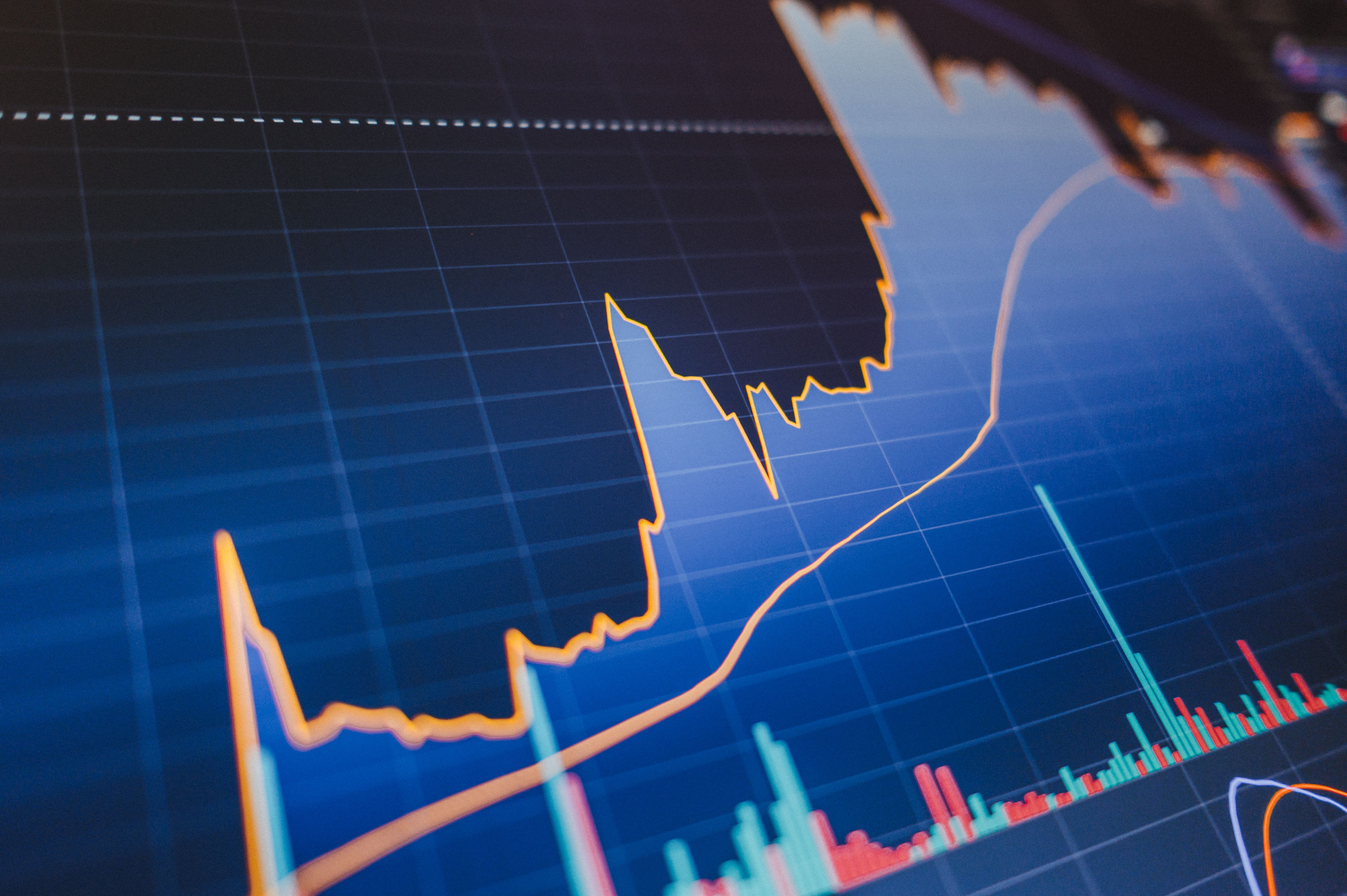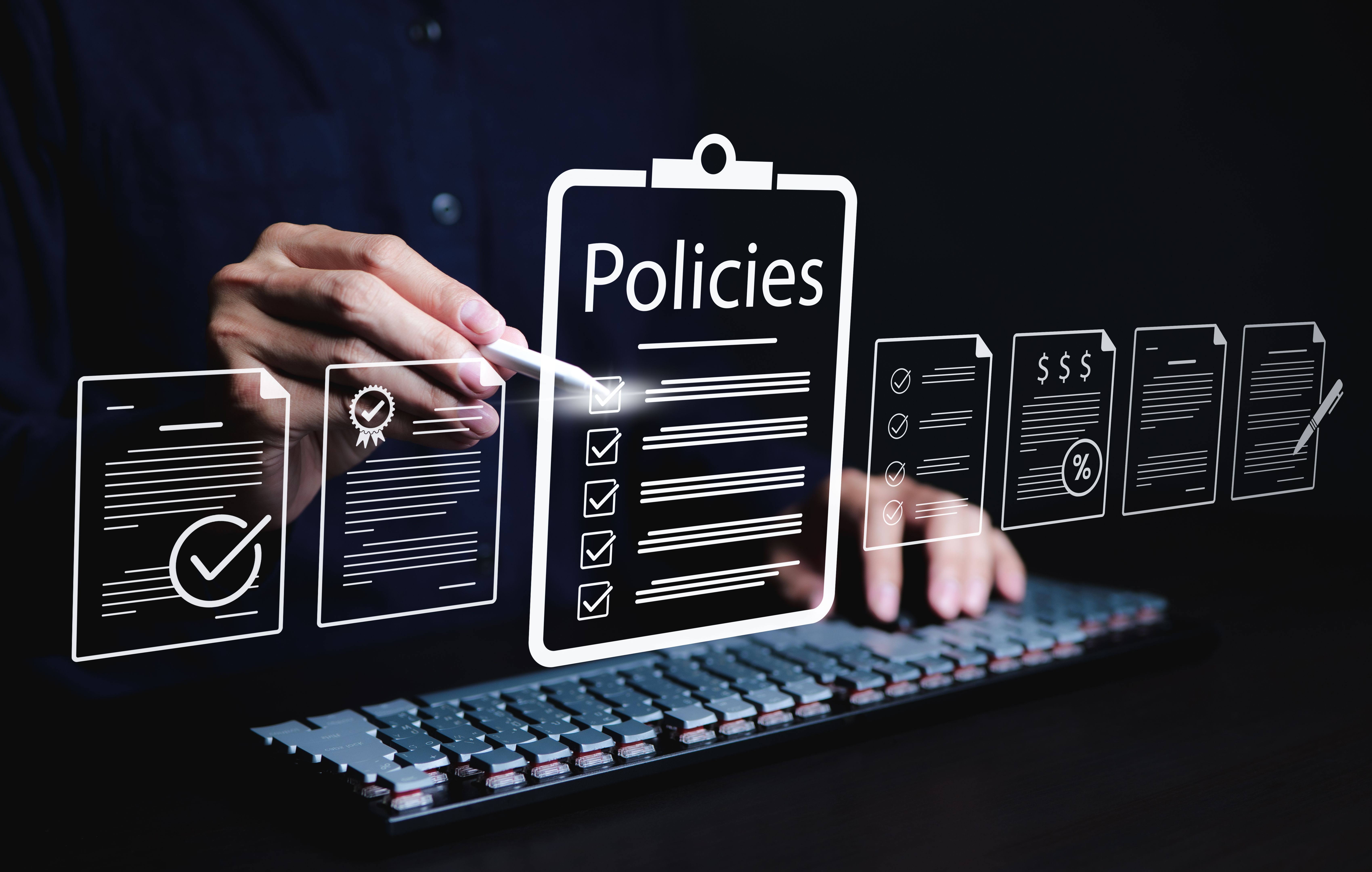Macroeconomy: A Comprehensive Definition
Introduction to Macroeconomy
The term macroeconomy refers to the branch of economics that studies how an overall economy—the market systems that operate on a large scale—behaves. Macroeconomics focuses on trends in the economy and how the economy moves as a whole. This includes a variety of economic phenomena, such as inflation, national income, gross domestic product (GDP), and changes in employment levels.
Understanding the macroeconomy is essential for policymakers, businesses, and individuals as it helps in making informed decisions. When you comprehend the broader economic picture, you can better anticipate changes in economic policies or market conditions.

Key Components of Macroeconomics
Gross Domestic Product (GDP)
One of the primary indicators used to gauge the health of a country's economy is its Gross Domestic Product. GDP represents the total dollar value of all goods and services produced over a specific time period within a nation's borders. It serves as a comprehensive scorecard of a given country’s economic health.
Inflation
Inflation is another crucial aspect of macroeconomics. It measures the rate at which the general level of prices for goods and services is rising, and subsequently, how purchasing power is falling. Central banks attempt to limit inflation—and avoid deflation—in order to keep the economy running smoothly.

Unemployment
The level of unemployment is critical in understanding the macroeconomy as it reflects the number of people actively seeking work but unable to find employment. High unemployment signifies an underutilization of labor resources and can indicate an economic downturn.
The Role of Government and Policy
Governments play a significant role in the macroeconomy through monetary and fiscal policies. Monetary policy involves managing interest rates and the total supply of money in circulation, typically carried out by central banks like the Federal Reserve. Fiscal policy, on the other hand, involves government spending and tax policies to influence economic conditions.

Monetary Policy
Through monetary policy, central banks influence a nation’s money supply. For example, by lowering interest rates, they make borrowing cheaper, encouraging businesses and consumers to spend more, which can boost economic growth.
Fiscal Policy
Fiscal policy can stimulate an economy by increasing government spending or cutting taxes. It can also slow down an overheating economy by reducing government expenditures or increasing taxes. Both approaches aim to stabilize the economy over time.
Conclusion
Understanding the macroeconomy is crucial for navigating today's complex global landscape. By analyzing indicators such as GDP, inflation, and unemployment, alongside government policies, one can gain valuable insights into economic health and directions.
Whether you're a policymaker, business leader, or simply an informed citizen, having a grasp on macroeconomic principles enables you to make more strategic decisions and anticipate future economic challenges.

